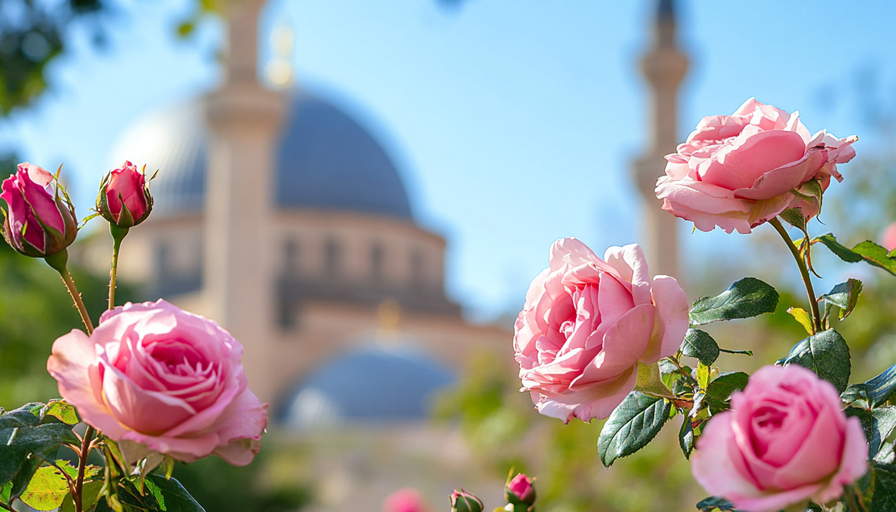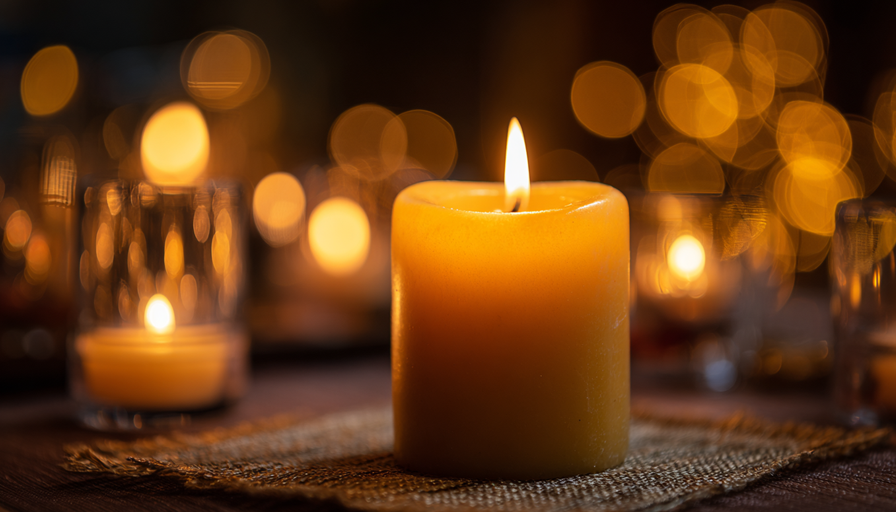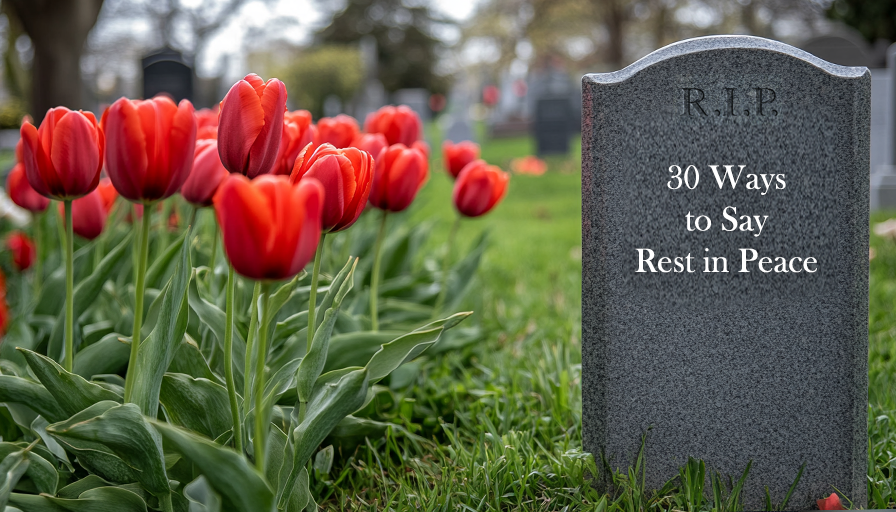Interment of Ashes
The service known as the Internment of ashes takes place following a cremation. During this ceremony, the ashes are either collected or buried. Loved ones of the deceased gather at the burial site for the internment. Burial rites connected to the internment of ashes can then be conducted by an individual close to the deceased, a relative, a funeral director or even a religious head. Internment services customarily involve poems, prayers and eulogies.
As many people are choosing to have cremations rather than funerals and burials, this aspect of the process is important to understand. In the following article, we will dive deeper and provide greater insight so you have all the information you need to make decisions relevant to your own funeral and cremation plans or anyone else’s you may be overseeing.
What is the internment of ashes process?
As highlighted above, the internment of ashes is what follows a cremation. There are several ways that ashes can be interred, depending on various factors. Ashes can be interred in the traditional burial place of a cemetery, something a little less traditional like a park, or another requested place with special significance to the deceased. Sometimes, a memorial is made at the plot where the ashes are interred. Similarly to a mausoleum used to store the bodies of specially preserved bodies, a columbarium is where urns are stored. These often feature large groups of people stored in urns for ashes together.
Different internment of ashes options
There are a variety of different ways that the ashes of a deceased loved one can be interred. However, the options open to you may depend on your religious beliefs. While Muslims strictly forbid cremation, many religions allow for cremation and then for the ashes to be interred, such as Sikhism, Methodism, Jainism, Hinduism, Buddhism, Baptist Church, and Anglicanism.
In this section, so you understand the options open to you, or for whomever you are arranging the funeral and cremation for, we will look at the most popular interment choices.
Cemetery
One of the more traditional options for the internment of ashes is to have them buried in a plot in a graveyard or cemetery. You need to sign a burial plot application form to make this possible. This is usually issued by the local council or the cemetery of choice. You need to sign this form because when ashes are interred in a cemetery, graveyard or churchyard, they are referred to as a burial plot. In some cases, some individuals can have their ashes interred in family-owned burial plots. If they do not have existing plots, they need to buy their own space for interment. Graveyards and cemeteries have private spaces allocated for interment. The burial right lease can be bought for either 25 or 50 years and renewed every five years for a maximum of 75 years, in some cases, 100 years.
When ashes are interred into graves, they are treated similarly to coffins and often have (small) headstones to mark them. As interred ashes in urns or other containers require less space than coffins, individual ashes can be interred with those of other members of the same family. Cemetery staff or a funeral director can help arrange the service for the interment of ashes.
Columbarium
As noted earlier, a columbarium is a special place where urns with cremated ashes can be kept safely. A columbarium can be walls, rooms or buildings and are similar to mausoleums. Inside the columbarium are individual compartments known as cremation niches or columbaria niches. These slots can be outdoors or indoors. Columbaria niches display the urns either behind metal plates or transparent glass panels.
Niches like these are available in various styles and sizes, factors that determine the price. Columbaria are normally found in an indoor crypt, outdoor memorial, funeral home, church or cemetery. There are some distinct advantages that a columbarium offers compared to traditional interment grounds. These include the fact that they are more economical, involve less maintenance and require less space. Furthermore, vertical forms of ashes interment are environmentally friendly because the embalming chemicals used are toxic and not added to the ground.
Memorial garden
Often referred to as either urn gardens, cremation gardens or scattering gardens, memorial gardens are designed primarily as a place for ashes to be interred. These are sometimes found on the grounds of churches. They need less space to be built in cities more easily than graveyards.
There is also the problem that due to most zoning laws for cities in the UK, interring bodies are not allowed in cemeteries found within city limits.
In some cremation gardens, burial plots are bought, and there is even the choice for the ashes of multiple people to be interred together. Many cremation gardens encourage people to inter ashes in biodegradable urns because they are safe for the environment.
Interment costs normally include the memorial purchase and erection, along with maintenance for the garden. Many gardens even offer the choice where the ashes can be interred directly in the garden. As no plot is needed, this is a more cost-effective way.
Privately owned land
With the permission of the owner of the land, cremated ashes can be interred legally on private land. Ideally, you should look for a legal document signed by the owner that grants permission. For many people, ashes interment on their own plots of land is a suitable choice. The family of the deceased handles arranging the interment of ashes in this situation.
You can hire a funeral director to help with the arrangement of the ceremony, if necessary and if your budget allows it. You can erect a monument close to the burial spot as a tribute to the loved one.
Woodland
Another environmentally friendly choice for the interment of ashes is woodland burial sites. These are often referred to as natural burial grounds. Similarly to how the use of biodegradable caskets is strictly enforced in common burial grounds, the use of biodegradable urns for ashes interment is enforced in natural burial grounds. Graves in these areas are not marked by gravestones. Trees or flowers can be used instead.
Interred ashes alternatives
In addition to the above, there are also popular alternatives to ashes interment. As the costs of having ashes interred have increased considerably, you may be interested in considering one of these options. Whether it is because of the expenses or you prefer it, you may want to inter ashes in one of the following ways.
Scattered Over Water
A popular choice for scattering ashes is into a body of water like oceans, seas, rivers, lakes, or ponds. When a larger body of water is chosen, the scattering ceremony normally occurs on a boat. It is important that when the ashes are scattered, they are tossed the same way the wind is blowing to avoid being blown back onto the boat and attendees. Cremated ashes can be placed in water-soluble scattering urns as another practical alternative.
Scattered to the Wind
Another name for scattering ashes is casting, and one of the most popular ways of dispersing them is into the wind. The obvious advantage of this method is that it can be done anywhere. That doesn’t mean no planning is involved in the process, though. For instance, you need to make sure that the ashes are cast downwind to ensure they become properly airborne. You also need to ensure that anyone attending the ceremony or who is there to watch you disperse or scatter the ashes is standing upwind. This is to avoid the ashes being blown towards them and potentially into their face and onto their clothes.
Memorial Jewellery
A more modern approach to memorializing the death of a loved one with their interred ashes is by having them in jewellery, often diamond. Cremated ashes can be used to create jewellery similar to what occurs naturally. This is all down to the carbon content in ashes. Other names for cremation diamonds include memorial diamonds and, the more pleasing on the ears, eternal diamonds. The cost of these diamonds depends on the colour and carat size. This choice also has great versatility, as the diamonds can be used for different types of jewellery for ashes.
Cremation Urns
Perhaps the most widely known and used option for interred ashes is cremation urns. These store the ashes in various urns and materials like ceramic, bronze, wood, glass, copper, stainless steel, and aluminium.
Conclusion
To conclude, a variety of options are open to you when it comes to dealing with the resulting ashes from the cremation process. What you choose will depend on many factors, including your available budget, the preferences of the deceased and the family and loved ones, and what is offered by local funeral directors and crematoriums.

















